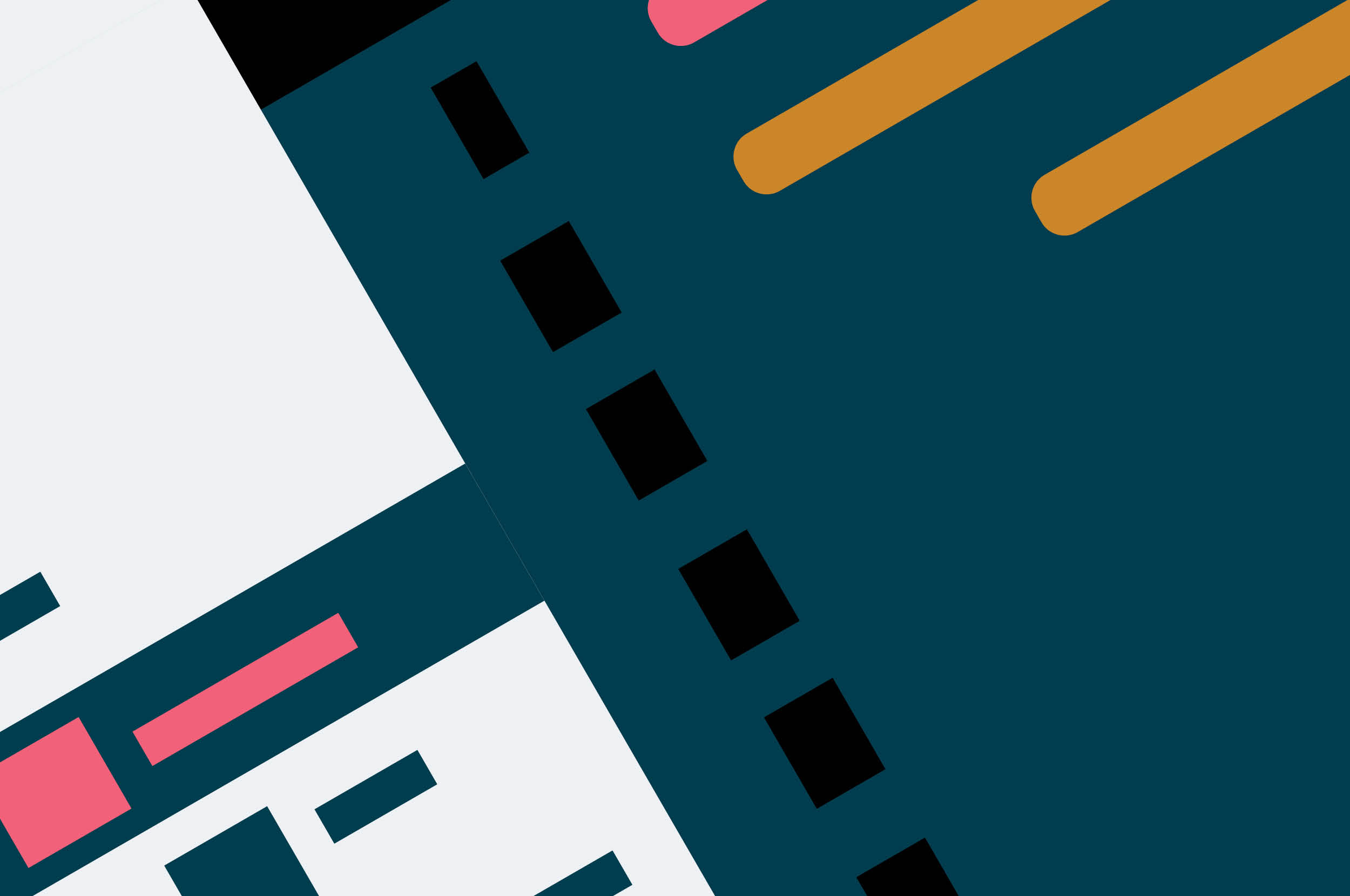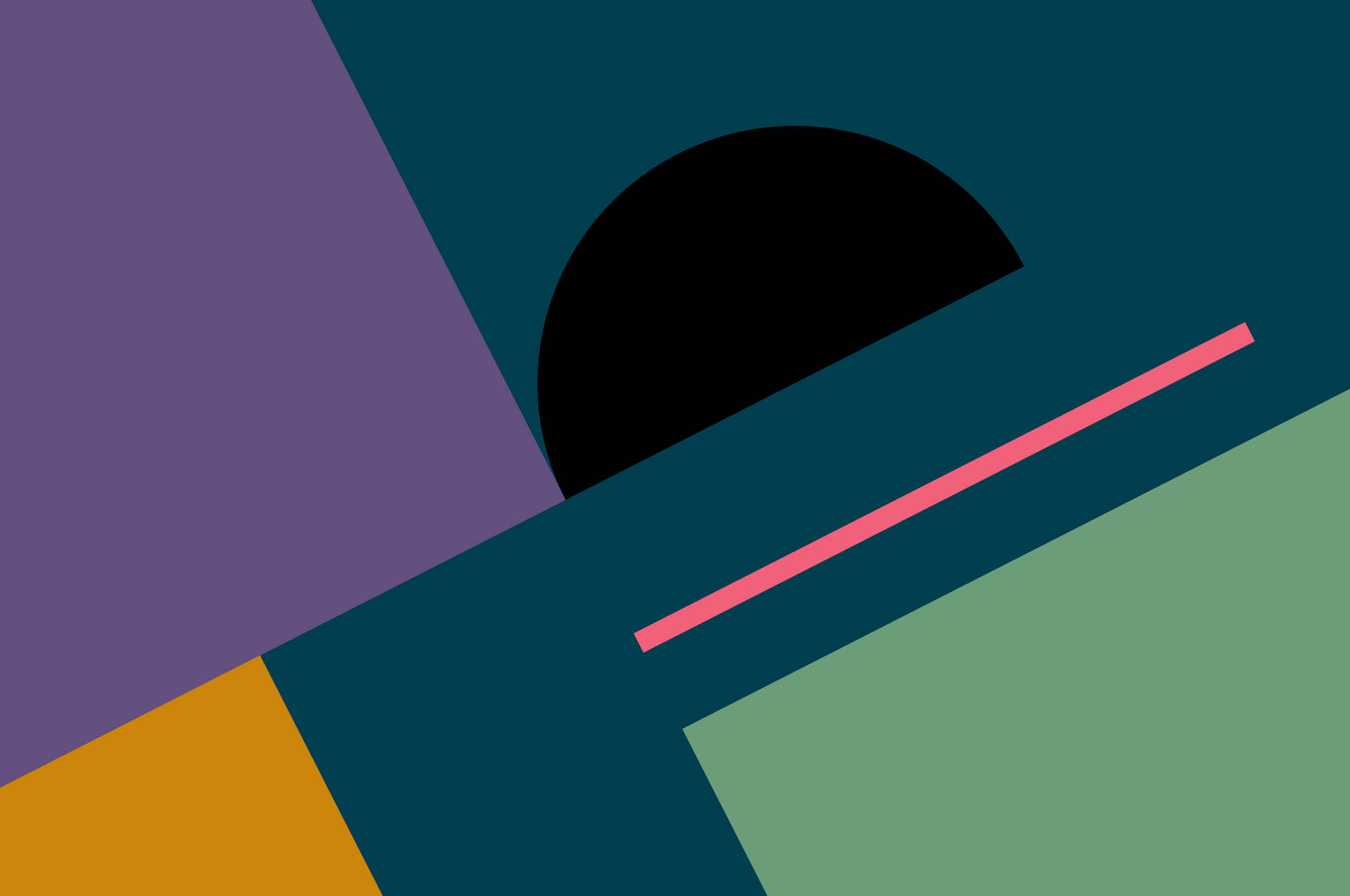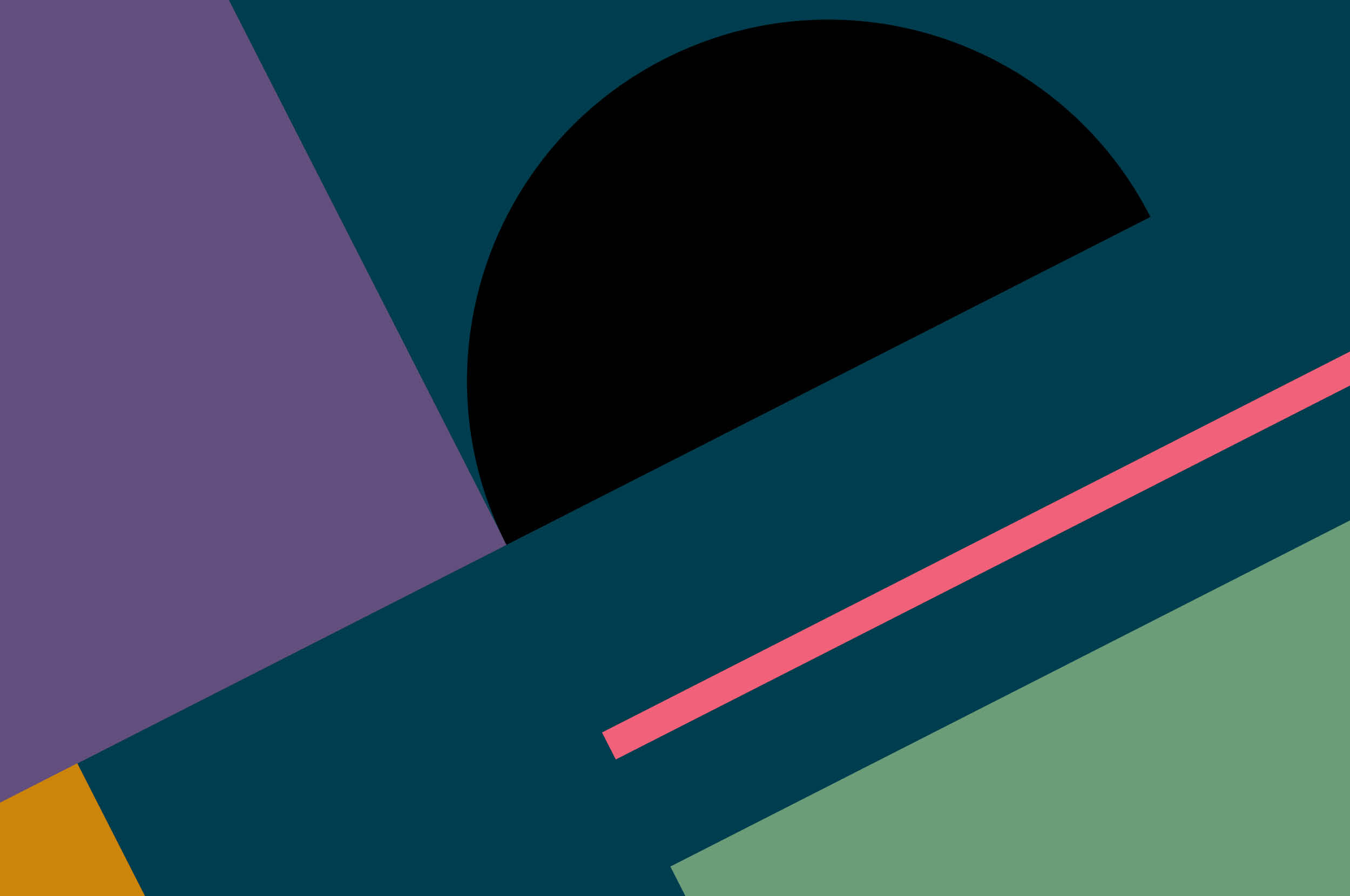I recently joined Thoughtworks in Thailand as a Consultant Developer, and I thought it would be helpful to share my perspective on the interview process, so that other applicants can understand what to expect and how to make the most of the recruitment experience.
The process involves four rounds of interviews. You’ll get guidance on all the details from the recruiting team before each round, but here are my key takeaways.
Round 1 — The recruiter interview
This was a phone conversation with a member of the recruitment team, where we talked about my experience as a developer. We also discussed my perspective on the software development process, especially on important aspects like test-driven development (TDD).
Top tip: Before the interview, take some time to consider your perspective on the big trends in development and how your work experience so far has contributed to the way you look at things.
Round 2 — The pairing interview
In this round, I worked with two Thoughtworkers on a simulated client project. Before the interview, I received the instructions and the codebase to review. On the interview day, I had to write a new function to the codebase — not a big one, of course, as time was limited!
This task isn’t just to assess your coding skill; it’s also a chance to demonstrate your soft skills, like problem-solving, communication and management.
Top tip: This is pair programming, so it’s really important to talk. Tell the interviewer what you’re planning to do, or what issue you’re facing, so they can guide you on what to do.
Plus, don't be afraid to show your TDD skill in this round. Just relax, and keep in mind that you’re just working with some Thoughtworkers to solve a problem together.
Round 3 — The technical interview
At the start of this round, we talked about my past experience and the breadth and depth of my technical skills. After that, we had a roleplay session where the interviewers played the owners of a bakery and asked me to build a bakery delivery application for them. At that moment, I felt like I was a consultant, because I needed to design good software and suggest solutions to the “client's” problems.
Top tip: This round assesses how you deal with clients from a technical point of view, and evaluates your software design skills. To prepare yourself for this round, start by taking a look at Domain-Driven Design to understand the principles behind good software design.
Round 4 — The cultural interview
I genuinely enjoyed this final round because we exchanged ideas and thoughts, and it felt like I was playing a game — a card game, to be specific.
The interviewer showed me 25 cards, each containing a different question which was divided into three sections. I had to pick three cards.
The question on the first card was, "What do you think about feedback and what’s your experience of feedback?" For me, this question was very easy to answer because I love to get feedback. I think the benefit of feedback is seeing yourself from other people’s perspectives, which helps make you a better person.
In case you’re wondering, the questions on my second and third cards were, "What are the negative aspects of innovative technology?” and "What do you think about cultural diversity?".
Top tip: No matter which questions you get, there’s no right or wrong answer. Just be yourself and be open-minded.
Become a Thoughtworker
I learned a lot of new things throughout the interview process, like coding techniques from the pairing round and how to think in a different way in the cultural round.
Since joining Thoughtworks, I’ve helped the team to deliver great products to clients, but I’ve also volunteered in a Social Impact project. With my technical skills, I played frontend and backend roles to help build a mobile application and implement a basic neural network in one of its functions to increase the app’s attractiveness.
What I’ve found is that Thoughtworks is open to new ideas, and it provides a clear learning path for every Thoughtworker, along with a friendly community committed to continuous learning.
I hope my interview experience will benefit you if you’re hoping to become a Thoughtworker and have an interview coming up soon. And if you’re hesitant about applying, then I would say please come and join us!
One final tip: Use the interview process as a learning opportunity, like I did. And in each round, be sure to ask your interviewer for feedback, so you can improve yourself whatever the outcome of your interview.
Disclaimer: The statements and opinions expressed in this article are those of the author(s) and do not necessarily reflect the positions of Thoughtworks.


















